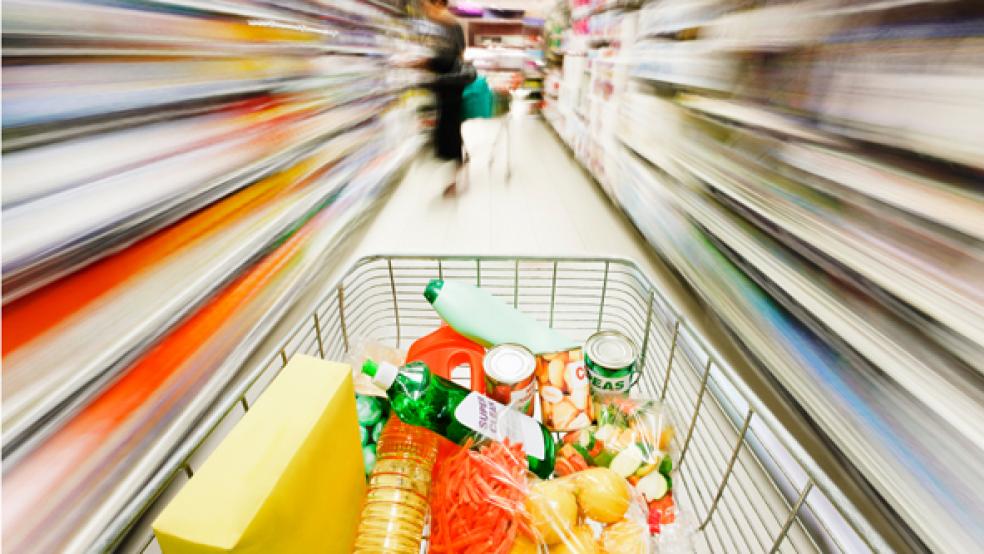With food prices rising, food manufacturers are making sure consumers stomach the extra costs.
Almost all perishable foods - dairy, meats, fruits and vegetables - have seen price increases because of the drought out West, continued high oil and gas prices and diseases affecting crops or livestock.
Related: The Downsizing of the Great American Barbeque
The Bureau of Labor Statistics says the price of a pound of ground beef increased 16.5 percent to $3.85 in May compared with a year earlier. In the same period, a pound of Navel oranges increased 28.1 percent to $1.34, while a pound of American cheese increased 11.1 percent to $4.51.
Food manufacturers rarely want to eat price increases because they don’t want to gamble on whether and when prices will return to normal previous levels. “It might make sense in the short run if one anticipates the cost increase will be temporary, but it’s more difficult to accept in the long run as it will reduce the profits of the company,” said John Gourville, professor of business administration at Harvard Business School.
Instead, food manufacturers have adopted new tactics within the past decade, some more deceptive than others:
Simply raise prices. While it seems the easiest action to take from a company’s standpoint, consumers pay great attention to price increases and may change their purchasing habits as a result. “Shoppers are price conscious and will spot the increase,” noted Edgar Dworsky, founder of ConsumerWorld.org, a consumer resource guide.
Related: 10 Best Fast Food Restaurants in America
Reduce the size of their products. Whether experts call it “downsizing price increase” or “obscured-inflation,” it usually consists of reducing the amount of product in the package. It’s typically done with coffee, ice cream, sodas or cookies.
“The price increases are mostly disguised using smaller portions such as half-liter soda bottles instead of 20 ounces,” said Thomas J. Alexander, associate professor of finance at Norwthood University, which is based in Midland, Mich. “You can’t even find a real half-gallon of ice cream anymore.”
This option works if consumers don’t notice the size change, or notice it but care more about price than sizing. In any case, it’s often the option that gets the most press. “It seems the most deceptive,” said Gourville.
Related: 11 Foods You Can't Buy Anywhere Anymore
Disguise downsizing or a price increase by releasing a new version of a product. A variant of the above-mentioned option consists of changing the physical makeup of a product or its container while reducing its size and in some cases also increasing its price.
For example, a package of Keebler’s Chips Deluxe cookies recently went from 13.3 ounces to 11.6 ounces, but before Kellogg’s went ahead and reduced the size, it made sure it first changed the look of its packaging so the size decrease wouldn’t be as noticeable.
Slideshow: 9 Downsized Everyday Grocery Products
“Obviously, if you are paying the same price but getting less, that is a backdoor way of raising the price,” said Dworsky. “It is very sneaky.”
He recommends that consumers fight back either by writing to food manufacturers to complain when they spot a product that was downsized, or by looking for competing products that haven’t yet downsized.
“My advice is that we have to become not just price conscious, but also weight conscious,” he said.
Top Reads from The Fiscal Times:
- 6 Sneaky Fees That Are Making Airlines a Bundle
- The New Luxury for the Super Rich: Health-Centric Homes
- 11 Worst Fast Food Restaurants in America
The article has been modified to correct Thomas J. Alexander's university affiliation.





